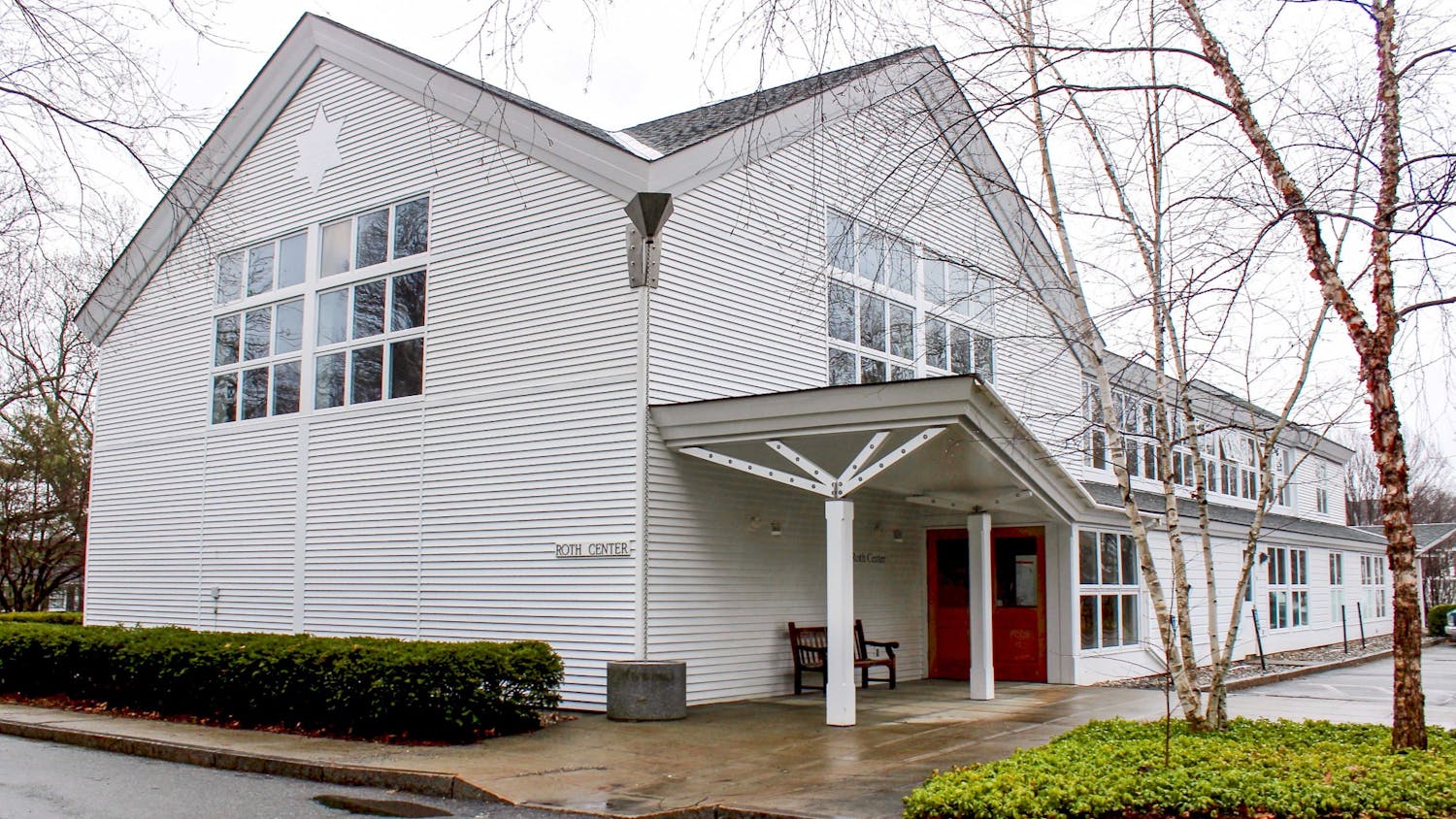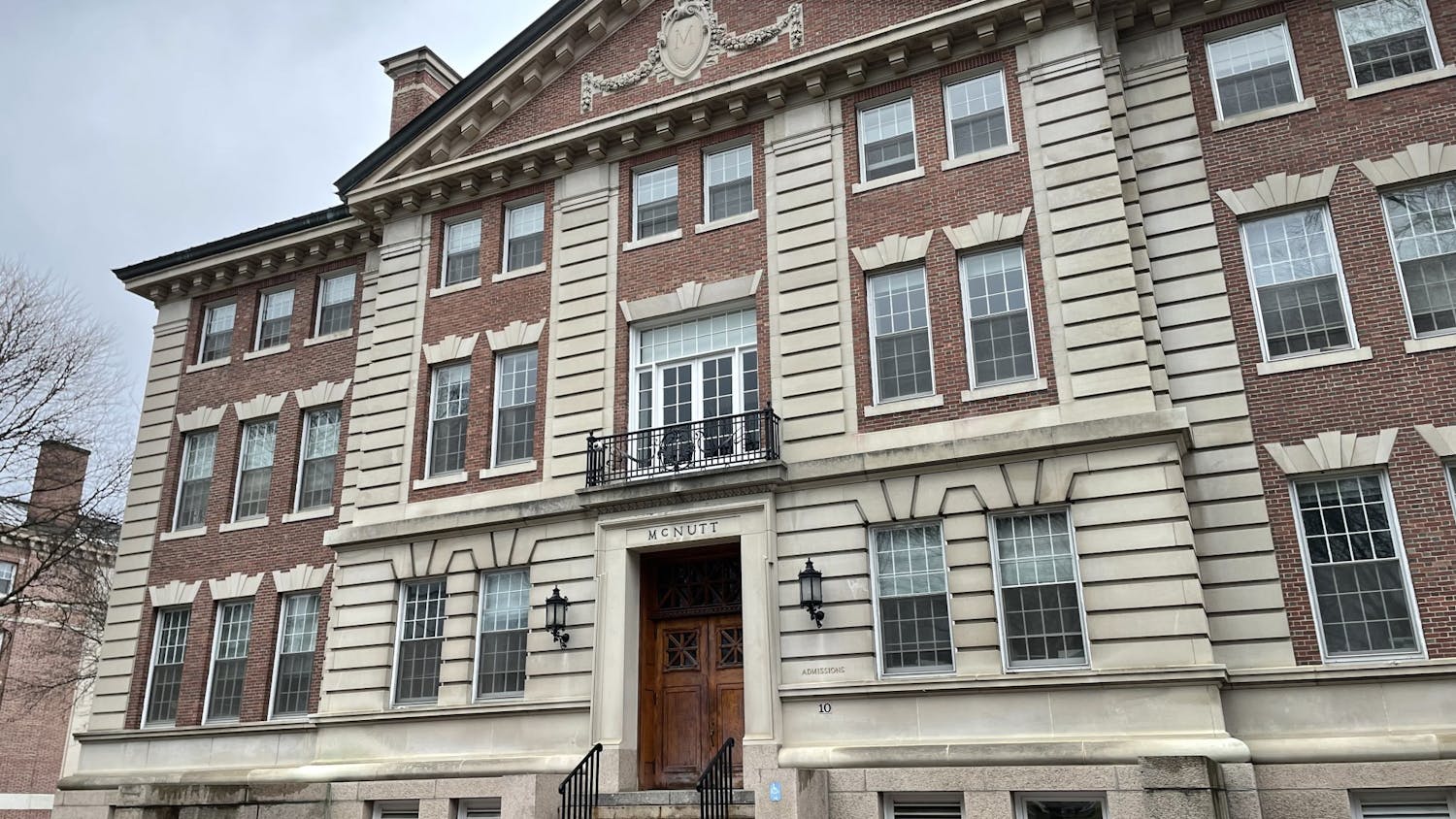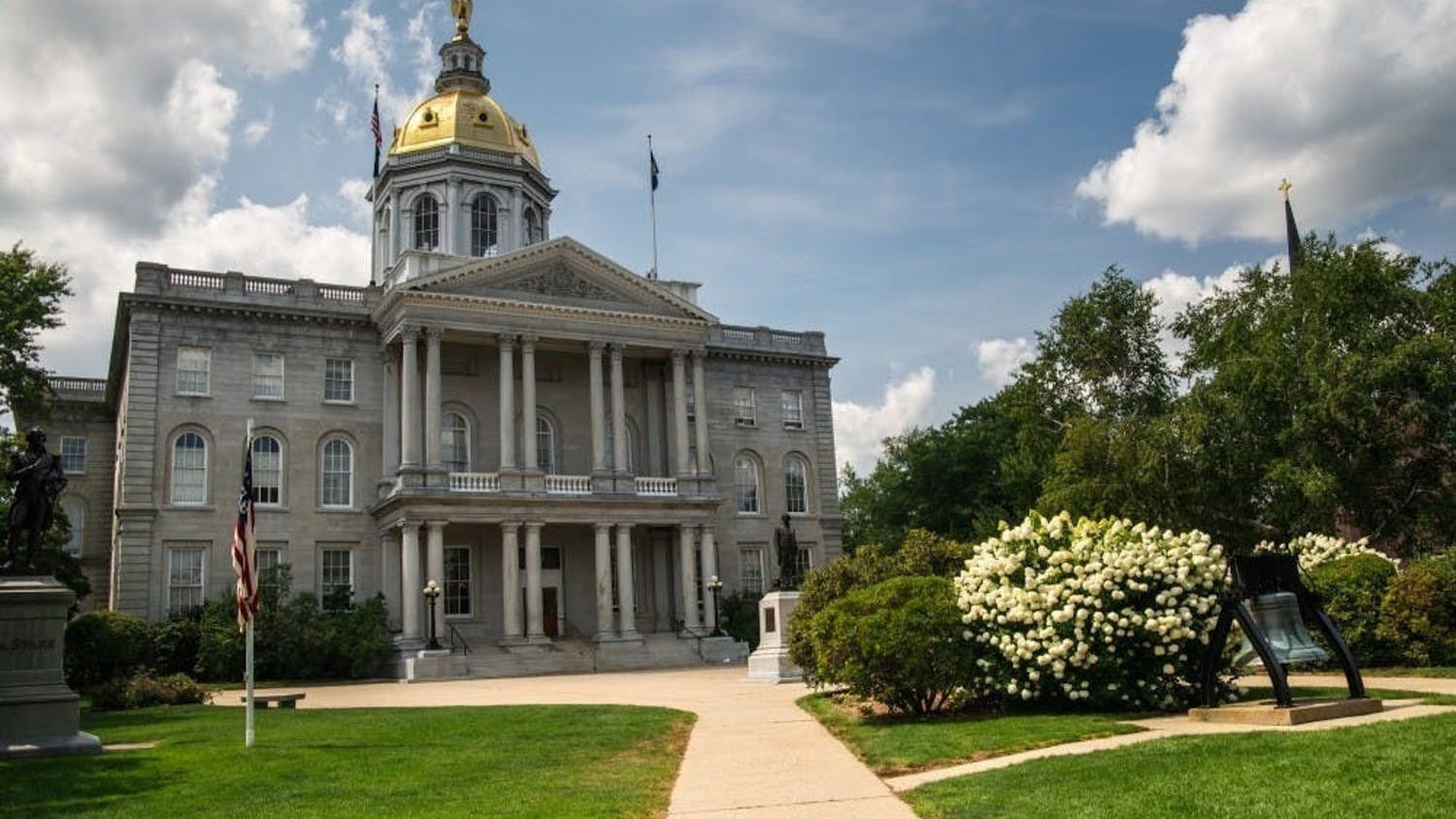Computer science professor Hany Farid and engineering professor Richard Greenwald Th’88 were selected to the 2016 class of National Academy of Inventors Fellows early this December, earning one of the highest professional distinctions given to academic inventors.
Farid and Greenwald joined five other Dartmouth faculty named NAI fellows since the fellowship program’s establishment in 2012: engineering professors Eric Fossum (2012) and Tillman Gerngross (2013), engineering professor emeriti Elsa Garmire (2014) and Robert Dean Jr. (2015), and Geisel School of Medicine professor of medicine Aaron Kaplan (2015).
The NAI is a national nonprofit organization which recognizes inventors with patents issued from the United States Patent and Trademark Office. With the addition of 175 members in the 2016 class, there are now 757 NAI fellows in total. Among all NAI fellows there are 28 Nobel Laureates, 94 presidents and senior leaders of research universities and 45 recipients of the U.S. National Medal of Science and the U.S. National Medal of Technology and Innovation. The 757 NAI fellows collectively hold more than 26,000 issued U.S. patents.
Farid was honored for pioneering the field of digital image forensics. His passion for the subject began when he picked up a book titled “Federal Rules of Evidence” out of curiosity while waiting in line at a library 20 years ago. While thumbing through the book, he read that a photograph is admissible evidence in a court of law if it is “original.” The book’s definition of “original” included “any printout — or other output readable by sight.” Farid said he was struck by this vague definition, because he knew digital advances in photo manipulation would make authenticating photographic evidence more difficult in the future. Since then, Farid has worked to develop mathematical and computational techniques to determine whether digital images have been manipulated.
Farid’s digital forensics creations have been used in law enforcement, scientific fraud investigations and national security cases. For instance in 2009, he famously authenticated a controversial image of Lee Harvey Oswald, who assassinated President John F. Kennedy in 1963, and the alleged assassination rifle. In addition, Farid worked with Microsoft and The National Center for Missing and Exploited Children to develop PhotoDNA, technology which helps companies identify and remove content containing child abuse. Farid’s technology played a role in last year’s prosecution of former Dartmouth professor J. Martin Favor for child pornography possession. Farid is currently trying to expand PhotoDNA to detect and remove material associated with terrorism.
“Online platforms today are being used in deplorably diverse ways — recruiting and radicalizing terrorists, buying and selling illegal weapons and underage prostitutes, cyberbullying and cyberstalking, revenge porn, theft of personal and financial data, propagating fake and hateful news and much more,” Farid said. “I am most recently interested in developing technologies that can help to reign in these online abuses.”
Greenwald was recognized for his work in sports injury prevention. He said that both personal experience with sports-related injuries and his biomedical engineering training motivated him to examine the subject. Greenwald added that he always had an interest in combining the engineering and the medical aspects of sports injuries to provide solutions that can help people avoid or rehabilitate from sports injuries. In addition, Greenwald also co-founded Simbex, a company specializing in engineering solutions for improving human performance and rehabilitation, and the nonprofit National Institute for Sports Science and Safety. He also venture funded iWalk (now BionX), which produces electrically assisted bicycles. He led product development and research in the areas of head impact exposure in helmeted sports and blast injuries, fall-injury prevention for older adults and advanced sockets for lower limb amputees.
“I hope to keep inventing technologies together with my partners to prevent injuries and reduce the health care burden on individuals and on our society,” Greenwald said. “We both want the technology to work and for it to have a pathway to the market in a reasonable amount of time.”
Fossum, a member of the board of directors for the NAI and an NAI Charter Fellow, wrote in an email that he was happy to see more members of the Dartmouth community join the ranks of the NAI.
“As both a member of the Dartmouth community, and as a member of the Board of Directors of the National Academy of Inventors, I am doubly pleased to see [Farid and Greenwald] recognized at the national level for their contributions to society via the patenting and commercialization of their inventive concepts,” Fossum wrote in an email.
Farid and Greenwald will be formally inducted to the 2016 class of NAI fellows at the NAI’s Sixth Annual Conference in Boston, Massachusetts on April 6.



